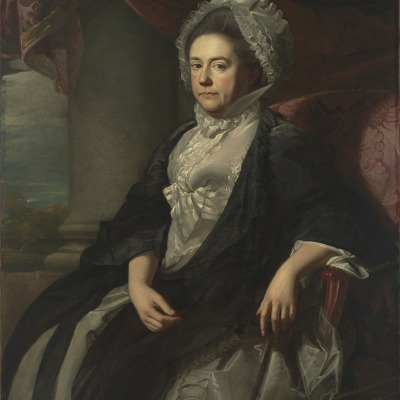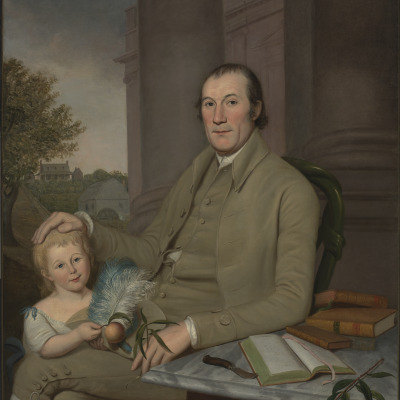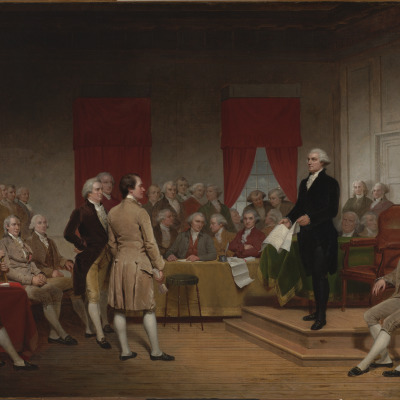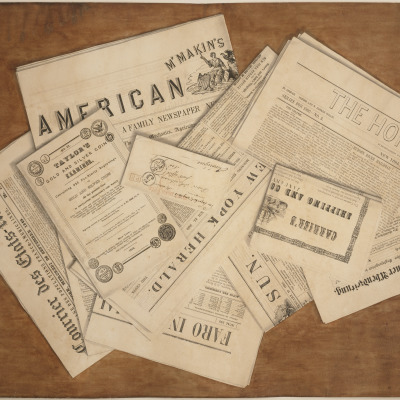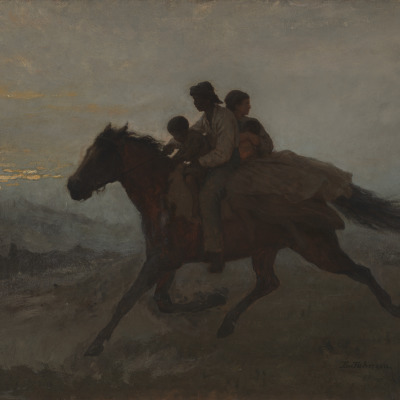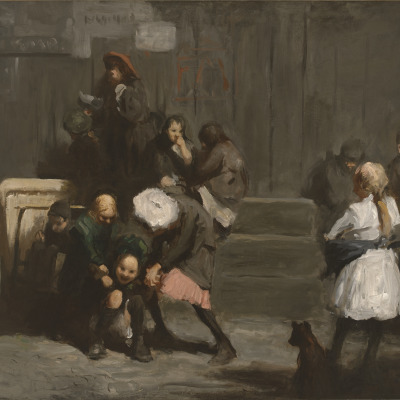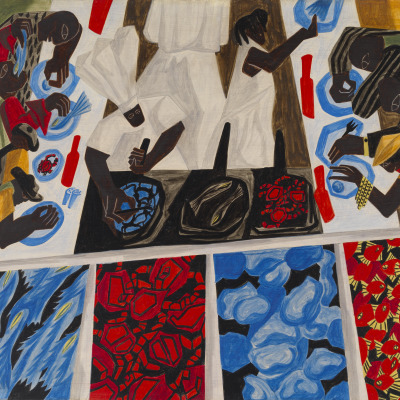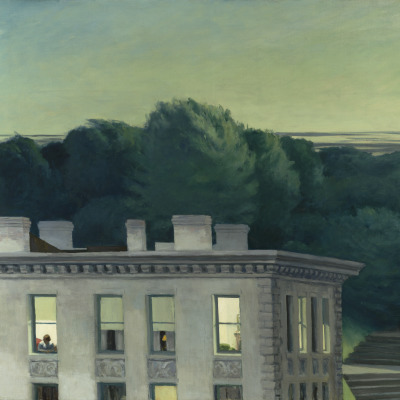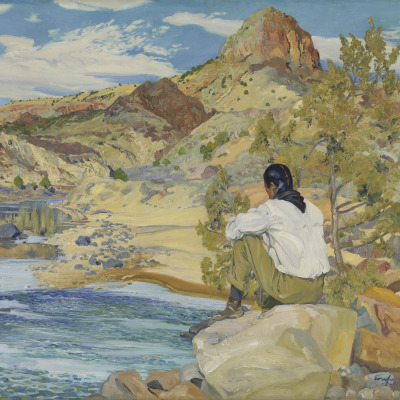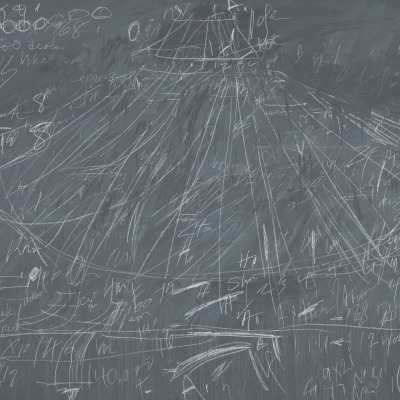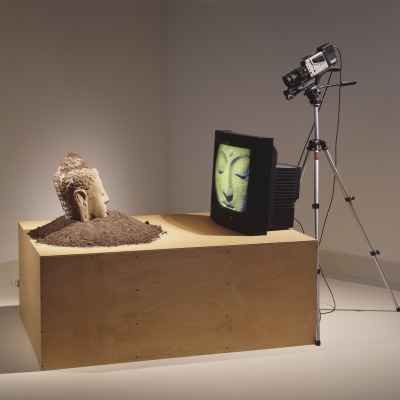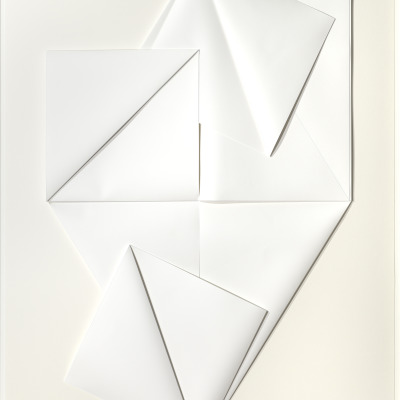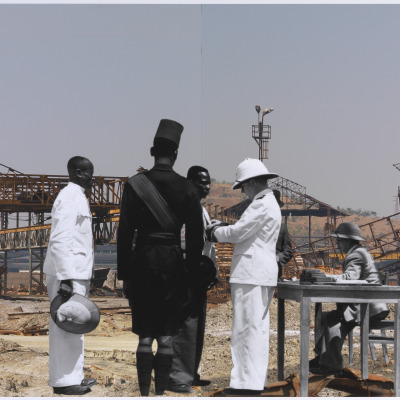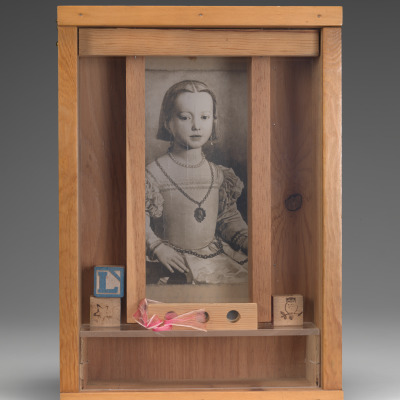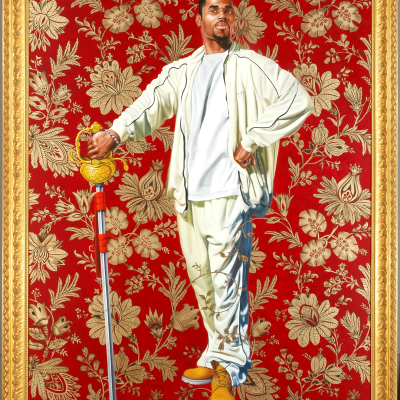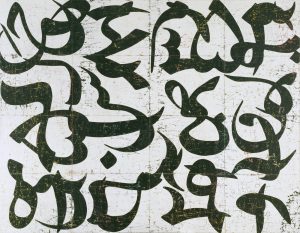
Historic Messages and Modern Mixes: Prompts for Extended Thinking
Use these prompts after your Evans Distance Learning session or museum visit to activate creative, critical, and reflective thinking.
Historic Messages and Modern Mixes: Prompts for Extended Thinking
Creative Thinking
Using our imaginations when looking at art can spark curiosity and stimulate creative responses to our own life experiences. Recall your Evans Distance Learning session in which students considered two contemporary artists who reference and integrate historical imagery into their own work to open new conversations.
Ask students to try the following with one or more of these American artworks:
Spend some time looking closely at the artwork. Identify aspects or elements that could offer avenues to new conversations about the American experience, both personal and shared. Consider both what you see and don’t see. What ideas, curiosities, or critiques about our own time does this work stimulate for you? Use the following prompts to consider the artwork:
- I recognize …
- This element or aspect reminds me of…
- And it makes me more aware of…
Use these three simple statements to establish a focus idea or concept for a new work of art. Propose a plan for developing your idea as an artist. What medium would you try? Why? With what audience would you most wish to share this work? What message, if any, would you hope to convey with this artwork?
Mrs. Isaac Royall (Elizabeth Mackintosh)
William Smith and His Grandson
Washington as Statesman at the Constitutional Convention
Still Life with Newspapers
A Ride for Liberty - March 2, 1862
On the Rio Grande (Rio Grande November)
Critical Thinking
During your Evans Distance Learning visit, students practiced looking carefully to interpret the ways artists reference or integrate ideas from the past in their work. Ask students to look carefully at two more works of modern and contemporary art (choose from the images below) to build on their ideas. Use the Looking to Learn: See Think Wonder strategy to frame student inquiry. Click on each image to learn more about each piece and how each artist considers past ideas and concepts in their work.
Synopsis of a Battle
Willem van Heythuysen
Reflective Thinking
Reflecting on our experience with art helps us connect to people and ideas across time and place. Ask students to reflect on their Evans Distance Learning session with one or more of the following prompts.
- Having spent time with art at VMFA, what more do you know about what might inspire artists? What do you think about how artists might make choices about imagery, materials, and methods to visually convey and stimulate ideas?
- What did the art NOT answer for you? What aspects of creativity and art-making are you curious about? Name three things that you wish you knew more about and why. Visit your school library and online databases to research answers.
- Imagine you could visit the studio or workshop of an artist whose work you saw today. Based on what you have seen, what would you expect it to be like? What kinds of tools might be there? What kinds of conversations might you overhear? What about YOU and where you work would surprise or intrigue the artist?
